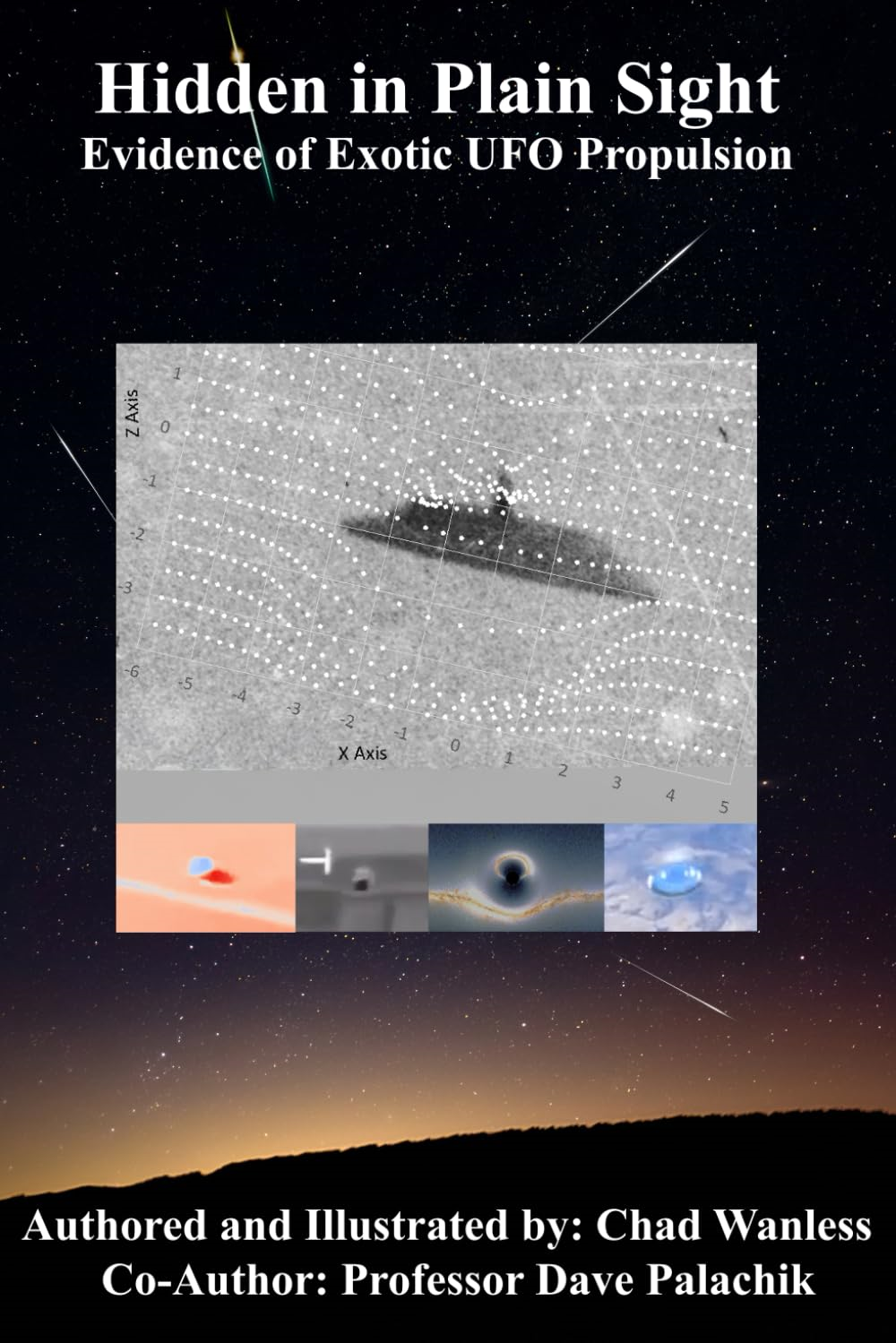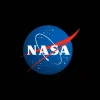Scientist Replicates Mars’ Conditions in Chamber, Finds That Life Thrives0
- From Around the Web, Space
- December 11, 2019
The scientist created what he calls a “Martian chamber”, with the exact conditions as the Red Planet.

The scientist created what he calls a “Martian chamber”, with the exact conditions as the Red Planet.

Robotic junk collector will be first mission to remove item of debris from orbit

Saturn’s tiny, frozen moon Enceladus is a strange place. Just 300 miles across, the moon is thought to have an outer shell of ice covering a global ocean 20 miles deep, encasing a rocky core. Slashed across Enceladus’ south pole are four straight, parallel fissures or “tiger stripes” from which water erupts. These fissures aren’t quite like anything else in the Solar System.

Shortly after NASA’s OSIRIS-REx spacecraft arrived at asteroid Bennu, an unexpected discovery by the mission’s science team revealed that the asteroid could be active, or consistently discharging particles into space. The ongoing examination of Bennu — and its sample that will eventually be returned to Earth — could potentially shed light on why this intriguing phenomenon is occurring.
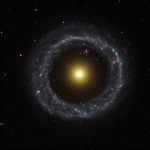
Of all the galaxies observed by astronomers, barely any are as strange or geometrically unique as Hoag’s Object.

The Japanese mission Hayabusa2 just bid farewell to the asteroid the probe spent a year and a half studying, and scientists have now announced some intriguing trends they noticed in the spacecraft’s photos.

Will we one day combine tardigrade DNA with our cells to go to Mars?
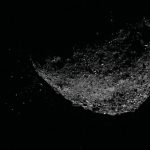
The eruptions may hurl meteors toward Earth.
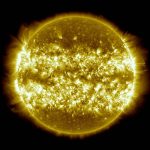
Surprise magnetic reversals and an unexpectedly fast rotating wind mark the first findings from NASA’s Parker Solar Probe.
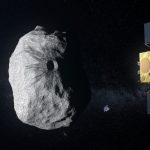
The Hera spacecraft will observe the effects of a NASA probe’s high-speed crash into an asteroid.
